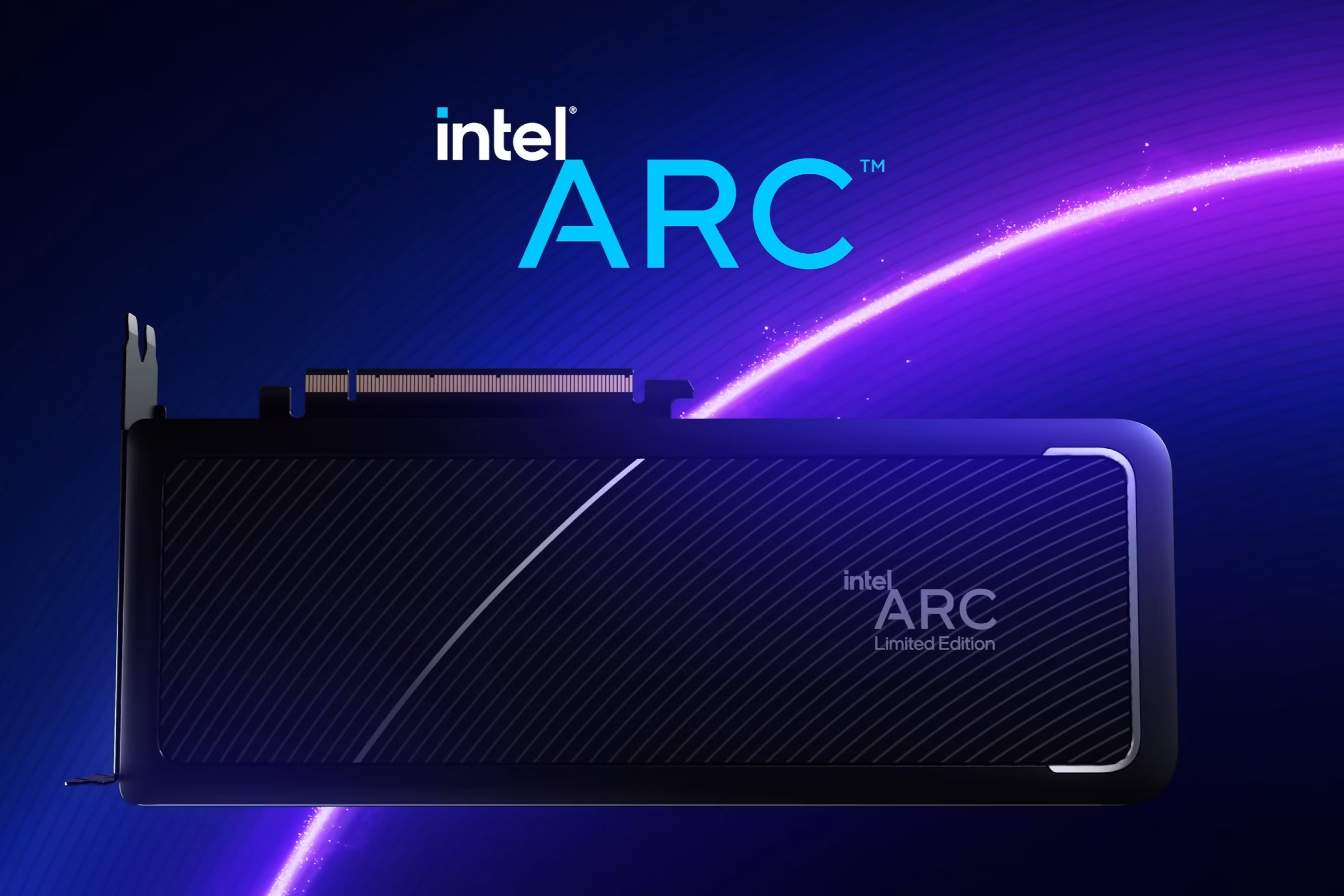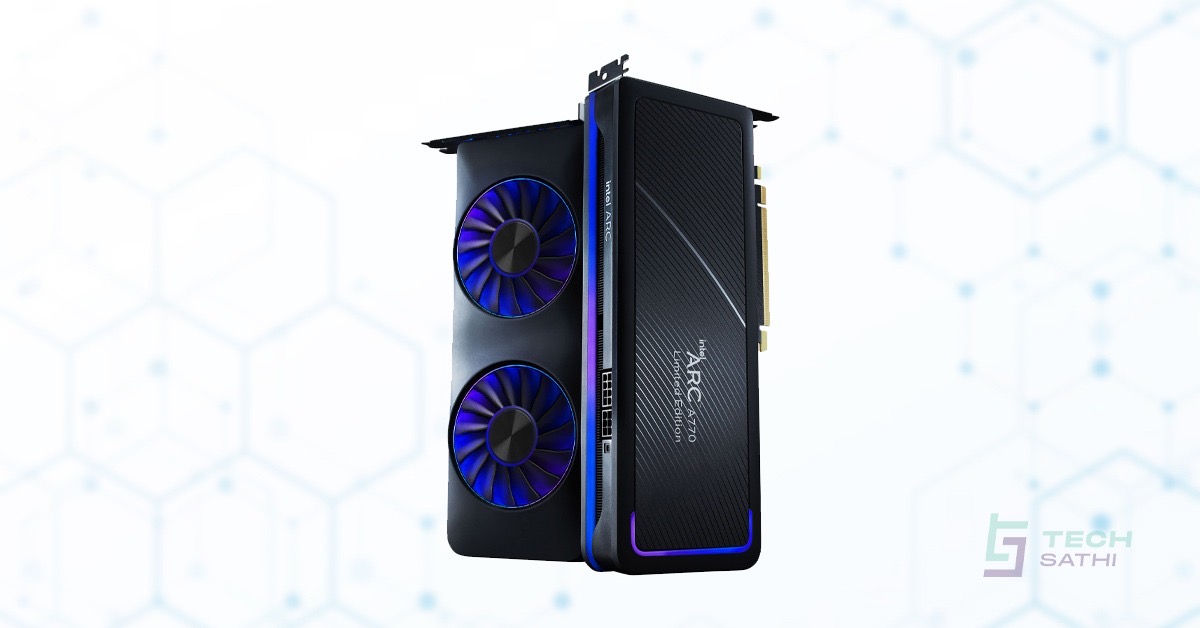As the world is swiftly shifting towards EV, it sets an evidence that technology is getting more innovative and revolutionary. Among the most interesting innovations is Intel’s upcoming GPU, which will likely appear in 2025 and change the in-car experience. This new GPU promises to change the way we interact with our automobiles, improving both the driving and passenger experiences.

Intel’s upcoming GPU performance
The new GPU’s superior graphical capabilities will allow for high-resolution, immersive displays for both the driver and passengers. This means that in-car screens will not only display clearer pictures, but also smoother animations and more interactive software. With the rise of streaming services and high-definition content, the GPU will make watching movies, playing games, and utilizing interactive apps a smooth experience. The GPU’s superior processing capability will enable sophisticated AI algorithms to adapt the in-car experience based on user preferences. From changing climate controls and seat settings to advising routes and handling infotainment options, the GPU will allow vehicles to learn and adapt to the driver’s preferences.
Read more : Motorola Edge 50 Ultra has a better camera than your iPhone.
Intel’s upcoming GPU : intel arc graphics, will enable easy interaction with a variety of linked services and devices. This involves enhancing the vehicle’s compatibility with cellphones, smart home systems, and other connected devices. Real-time traffic updates, remote diagnostics, and over-the-air software updates will all be possible thanks to improved connectivity. Augmented Reality (AR) is emerging as a breakthrough technology in the automotive industry, and Intel’s new GPU will greatly accelerate AR applications in automobiles. AR can overlay digital information on the real-world view via the windshield or head-up displays. Which provides drivers with navigation instructions, hazard warnings, and other essential information without taking their eyes off the road.

Improved integration and AI
Intel’s separate GPU enhances the driving experience by allowing for greater customisation. Also, powerful AI systems may learn driver preferences and adjust cockpit settings without using voice commands, resulting in a highly personalized experience. The dGPU also supports enhanced speech, camera, and gesture recognition, making for more intuitive and participatory travels. In fact drivers can use natural language processing to execute sophisticated vehicle control orders. As well as receive precise answers to vehicle-related questions, and even participate in informal conversation with the automobile.
Intel’s planned GPU in 2025 offers a significant advancement in automotive technology. This GPU will change what is possible in the automotive market by increasing in-car entertainment and ADAS. It may also enable AI-powered customisation, facilitate seamless communication, and make advanced AR integration. Moreover, as automobiles expand into high-tech hubs of entertainment, safety, and communication, Intel’s new GPU will play an important role in determining the future of driving. Buckle up, because the adventure ahead promises to be more thrilling and engrossing than ever before.



